SUMMARY
This is AI generated summarization, which may have errors. For context, always refer to the full article.

TOKYO, Japan – The largest business delegation so far to join the President. Over 200 meetings set between Philippine and Japanese firms. At least 30 business deals totaling an estimated $10 billion signed. How soon might promised foreign investments start pouring into the Philippines?
It depends, in part, on how fast the Philippine government could make its business registration and licensing process for foreign investors, said Trade Secretary Alfredo Pascual.
In an interview with reporters on Saturday night, February 11, Pascual said Japanese firms expressed strong interest in expanding operations in the Philippines, but among common complaints of foreign businessmen were slow regulatory processes in the country.
“Most of these projects that were signed have done their preliminary investigations, they’re convinced already that they’re going to invest,” he said. “Sometimes in the past that’s the bottleneck – the compliance with the regulatory requirements.”
During President Ferdinand Marcos Jr.’s first official visit to Japan, Filipino and Japanese businessmen signed prospective deals to venture into clean energy projects, highly-skilled manufacturing, infrastructure development, and retail, among others. Marcos also held back-to-back meetings with Japan’s heavyweights, including Sumitomo Corporation, Toyota Motors Corp., MinibeaMitsumi Inc., Mitsubishi Motors Corp., Tokyo Gas Co. Ltd., and Marubeni Corp. to discuss potential partnership in healthcare and manufacturing.
The Philippines and Japan have long established trade relations over decades. As of 2022, Japan remained the Philippines second largest trading partner, third largest export market, and second source of imports.
‘Ready to go’
Pascual said most of the documents signed during Marcos’ visit signified projects that were “ready to go,” although they varying in degrees of readiness as some initiatives were already agreed upon, while others expressed intent to implement.
“You’ll notice that there were companies, Japanese companies who signed letters of intent. That means its an intention. They will be in various stages of planning. Whereas others have signed memorandum of agreement, memorandum of understanding with their respective partners in the Philippines,” Pascual said.
Once deals are closed, Pascual said the businesses will then need to go through registration process with the Board of Investments or with the Philippine Economic Zone Authority “and then they’ll get necessary permits to build then the investment will start rolling in.”
“Our role in government is to shorten each stage of the process,” he added.
Pascual said that based on talks with several Japanese firms, some projects may take about three years to materialize.
“There are plans over the time horizon – I’ve heard from those Japanese companies we’ve talked to – goes to as long as three years… Hindi naman buhos bigla yun (That won’t come all at once) because if you’re building a plant, for example, you disburse the investments over time,” he said.
Green lane
Marcos earlier announced his administration would set up a “green lane” for foreign businesses looking to set up or expand operations in the Philippines. Similar to efforts taken by previous administrations, the one-stop-shop seeks to streamline the processing of permits and licenses.
Marcos said he wanted process time to span anywhere from just three to twenty days, depending on the complexity of transactions.
Asked when the green lane would be operational, Pascual did not give a definite timeline, but said work was ongoing to open it “soon.”
In the meantime he said the government, “using current processes were addressing the issue of delays of bureaucratic hurdles in issuing permits and licenses.” Pascual said local governments will also be asked to assign a specific point person to “hand hold” interested investors.
“We have held the ball. We need to shoot the ball and make a score,” he said.
Marcos capped his five-day visit to Japan on Sunday, February 12. The trip was his third this year and ninth so far as President. – Rappler.com
Add a comment
How does this make you feel?
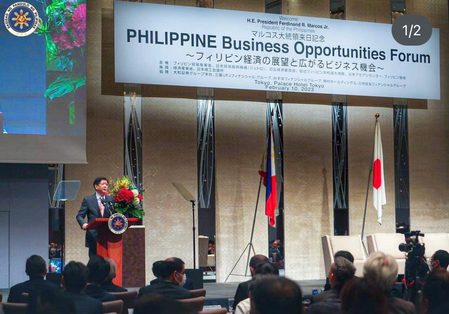
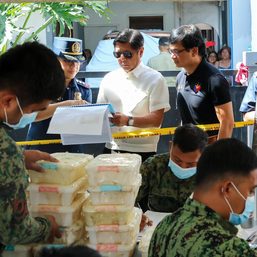
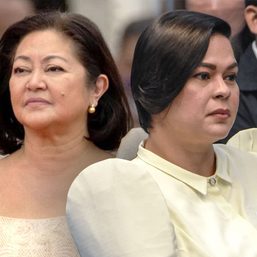
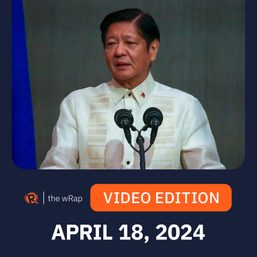
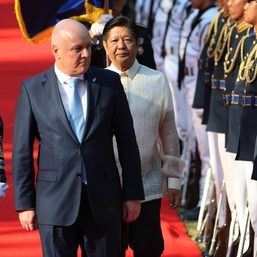
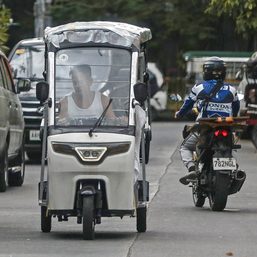
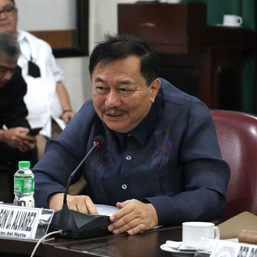
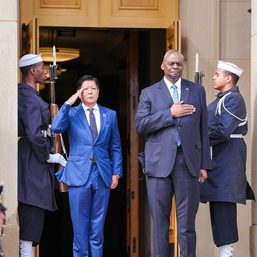

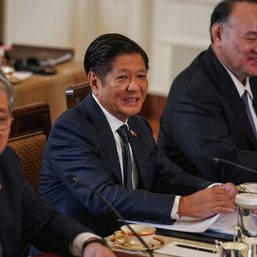

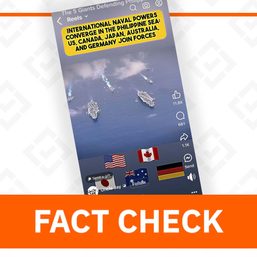
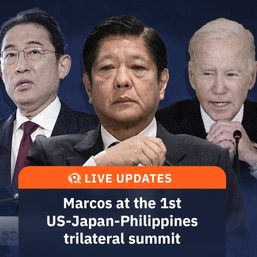
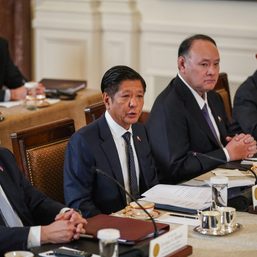
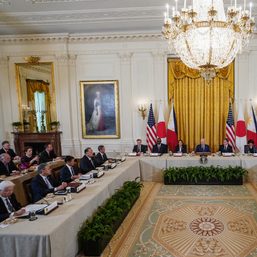
There are no comments yet. Add your comment to start the conversation.